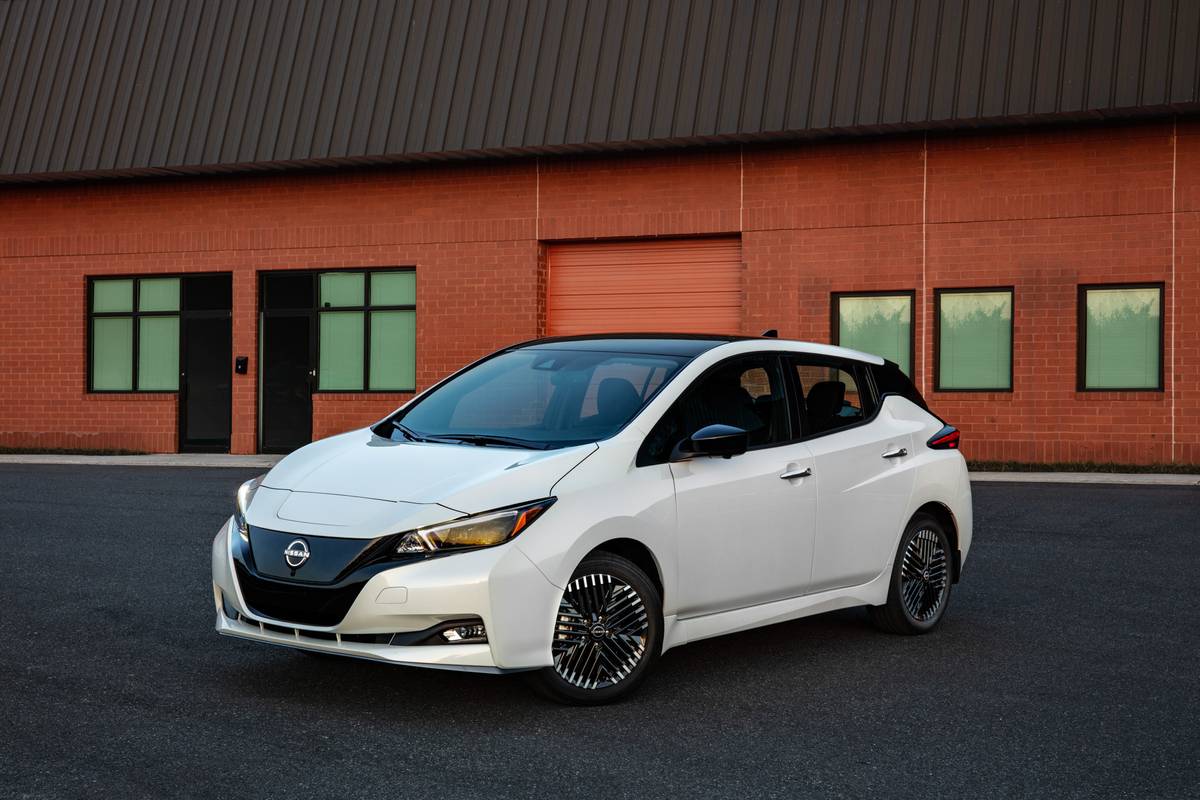IndyStar.com's view
Dodge Division’s 1998 Neon in the form of an “R/T” model is lighting up the compact car sky this year.
Already known for its handling capabilities, the Neon enters ’98 with a performance package that puts sparkle in Dodge’s small car line.
The R/T, which recalls Dodge’s R/T performance cars of an earlier era, is a full dress performance automobile that features most of the hardware that led Neon to two SCCA (Sports Car Club of America) Class “C” Showroom Stock National titles in 1995 and 1996.
It adds an extra dash of excitement to Neon’s offerings in both Coupe and Sedan models that have more power, a smoother ride, structural engine changes for quieter operation, a new anti-lock braking system, and comfort and convenience upgrades.
That’s a pretty tall order to be included in a compact car, but Dodge has carried it off while retaining the basics of dependability and the low costs of previous models.
Without question, the new R/T coupe is the most exciting model.
Power is supplied via a potent double overhead cam four-cylinder motor that packs the performance parameter of four valves per cylinder. You can flow some 30 percent more air with four valves than you can with two, and this translates into 150-horsepower from 2.0-liters (121.8-cubic inches) of displacement.
Whenever you are getting 1.23-horsepower per cubic inch you have the formula for running with the hammer down, and Dodge emphasizes this by installing an 8,000 rpm tachometer in the instrument panel.
The pocket rocket R/T’s DOHC 4 is mated to a quick shifting five-speed manual transmission that has a little lower fifth gear ratio than the standard five- speed.
A three-speed automatic is available with the optional DOHC motor in a standard Neon, and this transmission also has a lower fifth gear ratio.
Keeping the car flat in the corners is not too bad an idea, so the R/T package includes a sport suspension and new rear spring isolators that are designed to enhance stability.
The suspension features stiffer springs and sway bars front and rear. But the springing doesn’t make the R/T ride like a covered wagon.
Control is most essential when going fast, and this facet is assured by a fairly quick and responsive 16-to-1 steering ratio.
This works out to 2.8 turns lock-to-lock (full right to full left or vice versa) versus the standard 3.2 turns. Minute changes of the wheel instantly changes lanes.
Even the styling theme of the R/T has its own little touches, starting with a “Power Bulge” hood that bears Viper- type stripes. On the inside, the performance driver theme is carried out by a leather wrapped steering wheel and shift knob. The upholstery is highlighted by Tango seat and bolster fabrics.
The story of the 1998 Dodge Neon is more than just about the competition model. As a kissing cousin to the Plymouth Neon, the subcompact is primarily known for its affordable purchase price and operating costs.
While the R/T comes in at just under $14,000, a standa rd two-door is stickered at $10,900, the four-door at $11,100.
All models carry the same basic specifications, those being 104 inches of wheelbase and 171.8 inches of overall length. Curb weight is but 2,470 pounds for the coupe, which is what makes the R/T such a lively performer.
Weight for the sedan is 2,507 pounds, with the standard engine being a two- valve, 2.0-liter single overhead cam four-cylinder that puts out 132- horsepower. This still is sufficient power to produce fairly lively performance.
The sedan is not ignored in respect to performance in that a “G” package is offered in the form of a Neon Sport model. The 150- horsepower motor is available as an option.
The cabin layout is the standard two individual front seats separated by a center console. Seating is the basic 2/3 that makes up a five-passenger automobile.
Rear seat entrance and exit obviously is easier with the four-door than the coupe. As with all compact cars, there is more room in front than in the rear. Instrumentation is a three gauge layout of speedometer-temperature-fuel, although a tach is optional. And I’m of the opinion if you are going to run a five-speed gearbox you ought to have one.
Latest news



